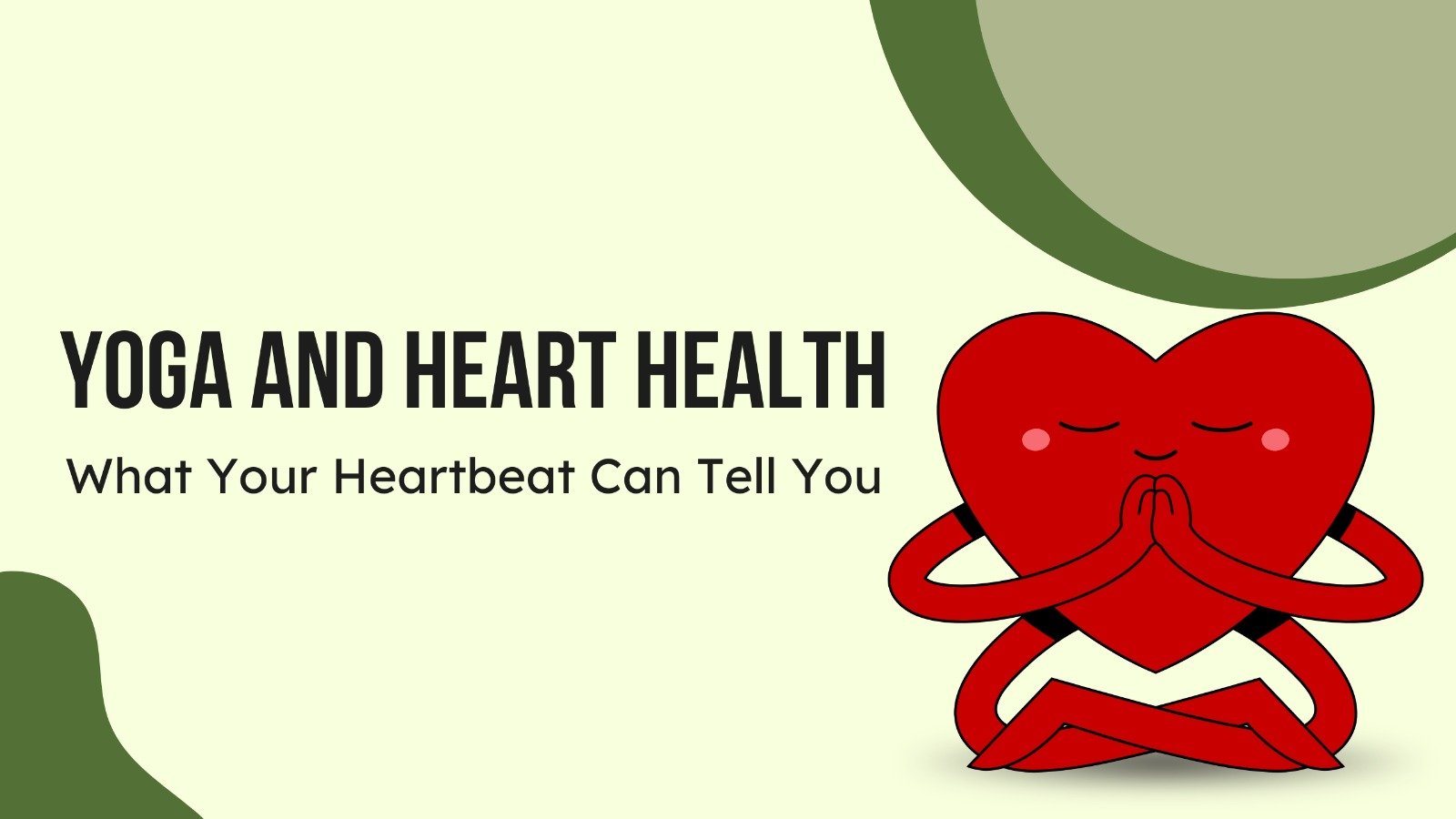Have you ever wondered what your heartbeat says about your health—beyond the number of beats per minute? A growing body of research highlights a vital metric: Heart Rate Variability (HRV). Unlike your regular heart rate, HRV measures the subtle variations in time between each heartbeat. Think of it as your heart’s rhythm, influenced by your body’s nervous system, emotions, and breathing.
So, what does this have to do with yoga? A lot, it turns out.
What is HRV, and Why Does It Matter?
HRV is a direct indicator of how well your autonomic nervous system (body’s autopilot) functions. It reflects the balance between your sympathetic nervous system (your “fight or flight” mode) and the parasympathetic nervous system (your “rest and digest” mode, primarily fueled by the vagus nerve). A higher HRV means better stress resilience, cardiovascular health, and adaptability. And low HRV is linked with higher risks of hypertension, heart disease, and mental health disorders like anxiety and depression.
Yoga (beyond just stretching) incorporates breath control (pranayama), meditation, and physical postures (asanas). When these are practiced regularly, they improve vagal tone, which in turn increases HRV. This is a good thing. It means your heart and nervous system are flexible and responsive- like a well-trained athlete.
The review analyzed 59 studies involving over 2,300 participants, many conducted in controlled lab settings.
Findings include:
- Meditation and relaxation techniques reduced sympathetic activity and increased parasympathetic activity.
- Breathing exercises (specifically slow, controlled breathing) improved HRV by engaging resonance frequencies—sweet spots that harmonize breathing, heart rhythm, and blood pressure.
- Integrated yoga practices (combining poses, breath, and meditation) consistently showed better HRV results compared to control groups or aerobic exercise.
Why HRV Improvements Matter for You
An increase in HRV doesn’t just look good on a monitor, it expresses:
- Lower blood pressure
- Improved mood and emotional regulation
- Better glucose control
- Reduced inflammation
- Greater resilience to stress
Imagine having a heart that adjusts smoothly when you’re stuck in traffic, giving a presentation, or winding down for sleep. That’s what HRV-boosting practices like yoga help you achieve.
Practical Takeaways for Your Heart Health
Here’s how you can start blending yoga-based strategies into your heart-health routine:
- Start with breath: Try slow, rhythmic breathing at 6 breaths per minute for 5–10 minutes daily. Use a timer or guided app.
- Try restorative yoga: Gentle poses and guided relaxation can stimulate your parasympathetic system.
- Consider mantra chanting or humming: These not only soothe the mind but improve heart-brain coherence.
- Be consistent: Just like exercise, regularity matters. Benefits build over time.
While the benefits of yoga on HRV are promising, most studies have limitations. It can’t replace medication completely. Still, yoga can be utilized as a complementary advance toward cardiovascular wellness.
Your heart doesn’t just beat—it listens, habituates, and reflects how you live.
Practices like yoga offer a non-invasive, side-effect-free way to improve your heart’s rhythm, your nervous system’s balance, and your overall well-being.
Start small. Breathe deep. Your Heart will Thank you.
Reference:
National Institutes of Health (NIH) (.gov)
Yoga and heart rate variability: A comprehensive review of the literature


